Hagia Sophia: Where Civilizations Intertwine
Step inside a space where empires once ruled, faiths intertwined, and cultures met across centuries.
Hagia Sophia—Ayasofya in Turkish—isn’t just a building; it’s Istanbul’s soul, capturing the crossroads of East and West like nowhere else. Step inside a space where empires once ruled, faiths intertwined, and cultures met across centuries.
- Istanbul, Sultanahmet
- 09:00–19:00
- Free (for mosque visitors), ticketed for gallery
- Allowed (no flash)
- Historical Mosque & Museum
- Sultanahmet Station
Why Visit Hagia Sophia?
This awe-inspiring monument offers more than just architectural beauty. Whether you’re passionate about history, enchanted by sacred art, or a traveler looking for meaning, Hagia Sophia will speak to you. Its enormous dome, intricate details, and dual legacy as both church and mosque make it truly unforgettable.
You don’t just admire Hagia Sophia—you connect with it.
A Journey Through Centuries: The Story of Hagia Sophia
Built under Emperor Justinian I between 532 and 537 AD, Hagia Sophia stood as the world’s largest cathedral for almost 1,000 years. When the Ottomans captured Constantinople in 1453, Sultan Mehmed II turned it into a mosque, enriching it with Islamic features like minarets and grand calligraphy.
In 1935, it was secularized and reopened as a museum. More recently in 2020, it was reconverted into a mosque—yet still welcomes visitors of all backgrounds.
Today, Hagia Sophia embodies the layered spirit of Istanbul, where Christian mosaics and Islamic inscriptions stand side by side, telling stories of transition, resilience, and reverence.
What’s Inside: Architectural & Artistic Highlights
Be prepared to be amazed by its 55-meter-high central dome and unique blend of design traditions. Inside you’ll find:
Byzantine mosaics, including the world-famous Deësis mosaic
The “Weeping Column,” said to have healing powers
Majestic Ottoman chandeliers and marble pillars
A sweeping Upper Gallery offering a full view of the main hall
- Every corner holds a different layer of art, history, and mystery
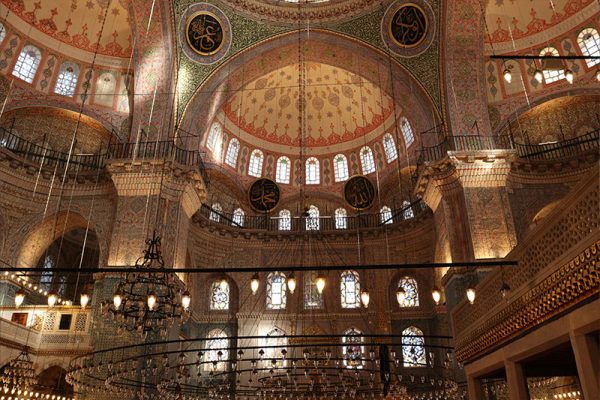
Legends and Lore
From tales of hidden angelic figures behind plastered walls to myths about a divine force holding the dome in place, Hagia Sophia is full of mysteries. Whether fact or fable, these stories deepen its timeless allure.
Layers of Legacy: Architectural Evolution
Hagia Sophia’s design changed the world. Its colossal dome, balanced on four pendentives, set new standards in Byzantine and later Islamic architecture.
During its Christian period, it hosted coronations and stood as the heart of Eastern Orthodoxy. As a mosque, it became a symbol of Ottoman imperial power. In every era—Byzantine, Ottoman, or Republican—it evolved while maintaining its majesty.
Each transformation added depth to its character, turning it into a global icon of coexistence and cultural change.
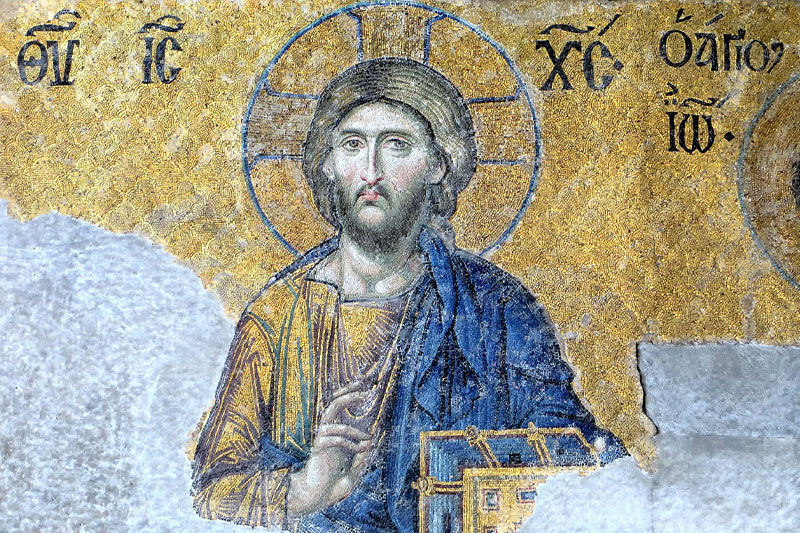
Cultural Significance & Global Recognition
Hagia Sophia holds different meanings for different people:
For Orthodox Christians, it remains a symbol of spiritual loss.
For Muslims, it represents centuries of faith and empire.
For travelers and scholars, it’s a museum of human history carved in stone.
Its recent reconversion stirred worldwide conversation, with UNESCO raising concerns and others celebrating a return to roots. One thing is certain—it remains a living monument, adapting with time yet always retaining its soul.
Visitor Guide: What You Need to Know
Tips for the Best Visit
Hours: Open daily (except during major prayer times—check ahead)
Arrive early on weekdays to avoid large crowds
- Go early in the morning or near closing
- Avoid Fridays if you want full access
- Opening hours: 9:00-17:00
Admission: Free (as it functions as a mosque)
Dress Code: Modest clothing; women must cover their hair. Bring a scarf or head covering for women.
Avoid sleeveless shirts or shorts
- Choose slip-on shoes (you’ll need to remove them)
Photos: Allowed without flash
Take a guided tour to truly appreciate its layers of history
What to See Around Hagia Sophia
While you’re in the area, make sure to explore:
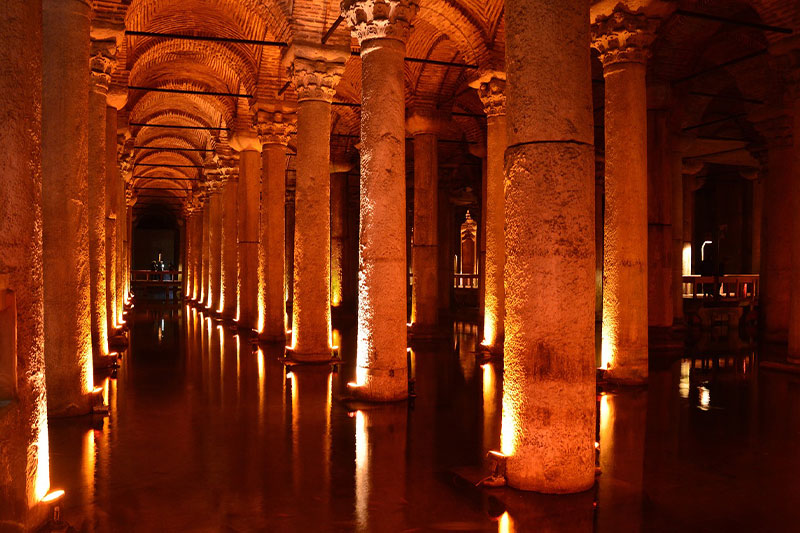
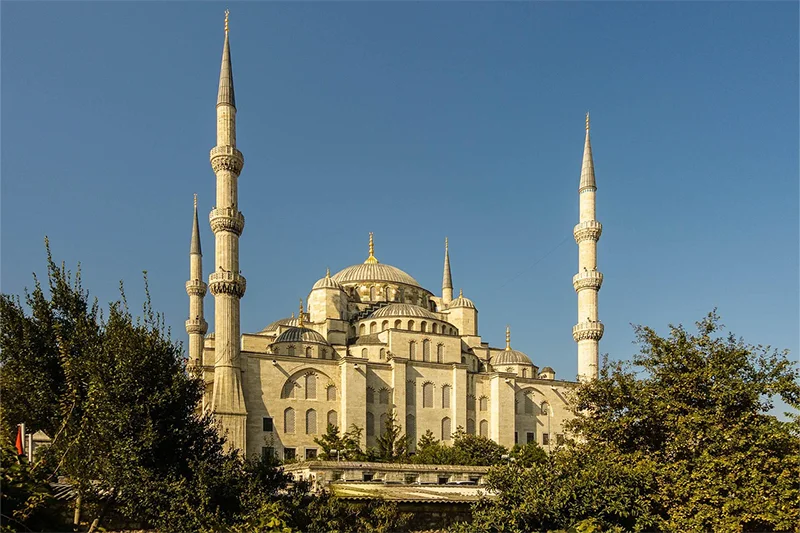

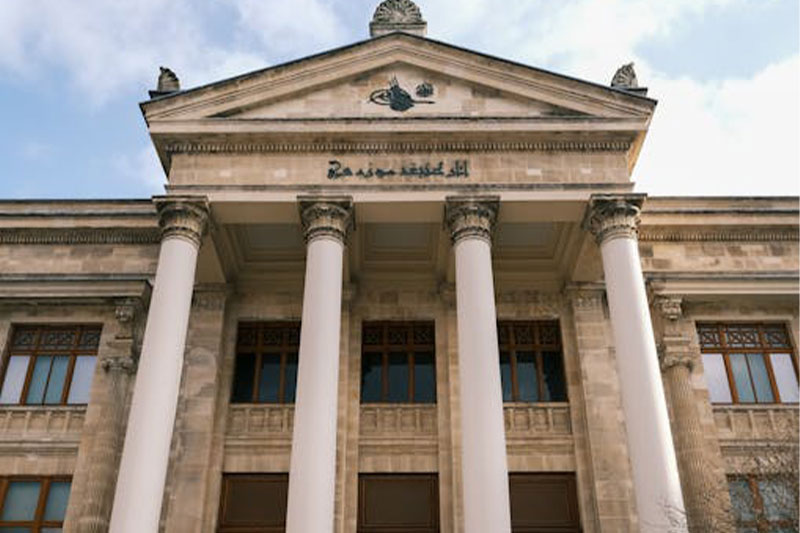
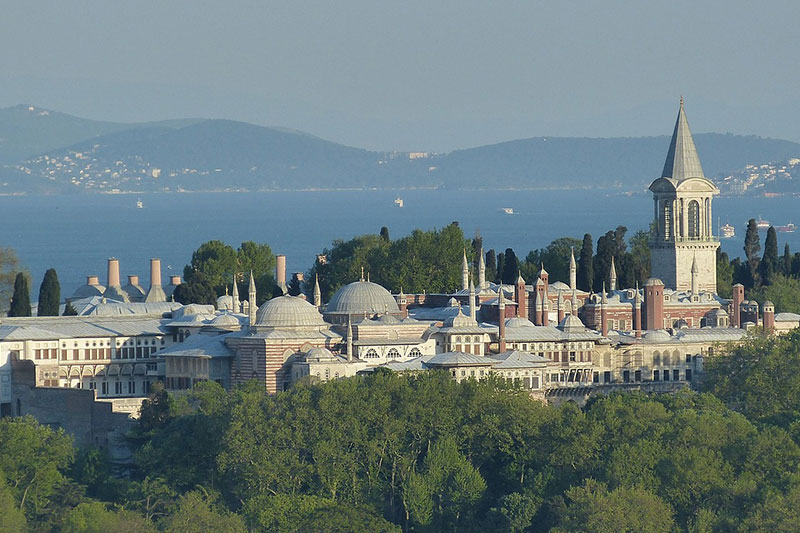

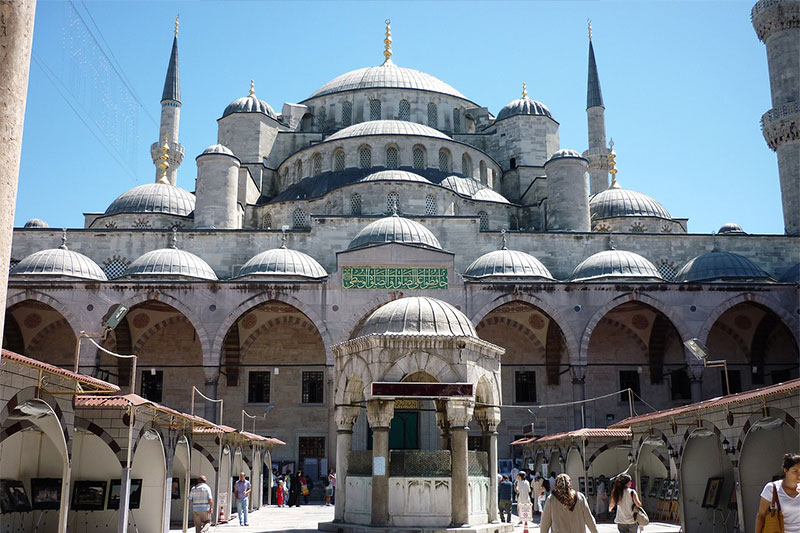

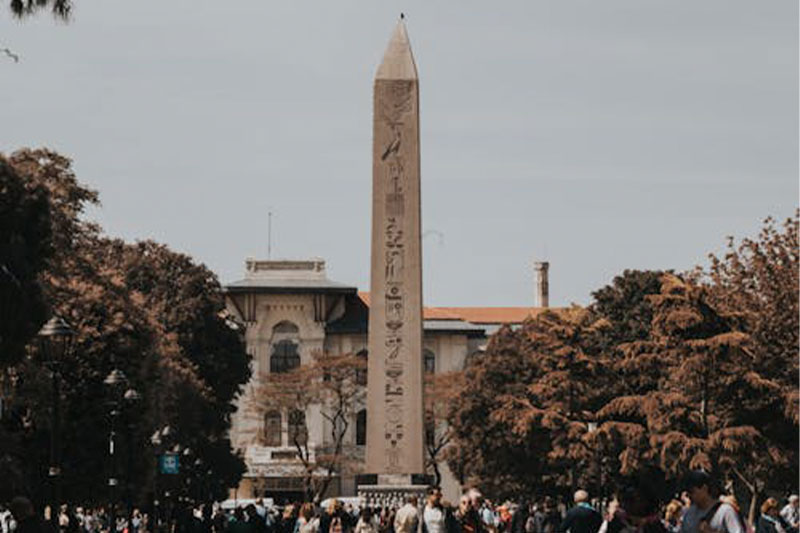

Blue Mosque (across the square), its twin in grandeur. → Explore more
Topkapi Palace, seat of Ottoman power. → Explore more
- Hippodrome Square – remnants of Byzantine sports
Basilica Cistern – mystical and underground
Arasta Bazaar – relaxed local shopping
Gulhane Park – A peaceful green escape and The oldest park in Istanbul
Museum of Turkish and Islamic Arts
- Istanbul Archaeological Museum – A journey deep into history
Rooftop cafes with unforgettable views
Getting Hagia Sophia
Address: Sultanahmet Square, Istanbul’s Old City
Tram: Take the T1 line to Sultanahmet Station
Conclusion: A Monument Beyond Time
Hagia Sophia isn’t just a building—it’s an experience, a symbol, and a witness to centuries of change. Standing beneath its dome, you don’t just admire the past—you feel it surround you.
Whether you’re exploring its art, pondering its history, or simply taking in the atmosphere, Hagia Sophia will leave a lasting mark on your heart
Explore Key Highlights of Hagia Sophia
In case you missed any section, here are the highlights and essential info to help you quickly navigate.
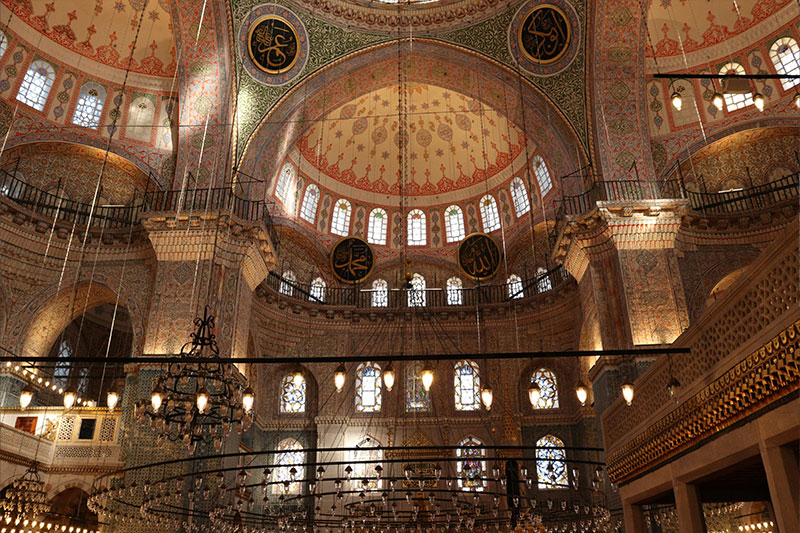
Architectural Highlights
Learn about the stunning domes, mosaics, and architectural innovations inside Hagia Sophia

History of Hagia Sophia
Discover the fascinating transformation of Hagia Sophia through empires and religions
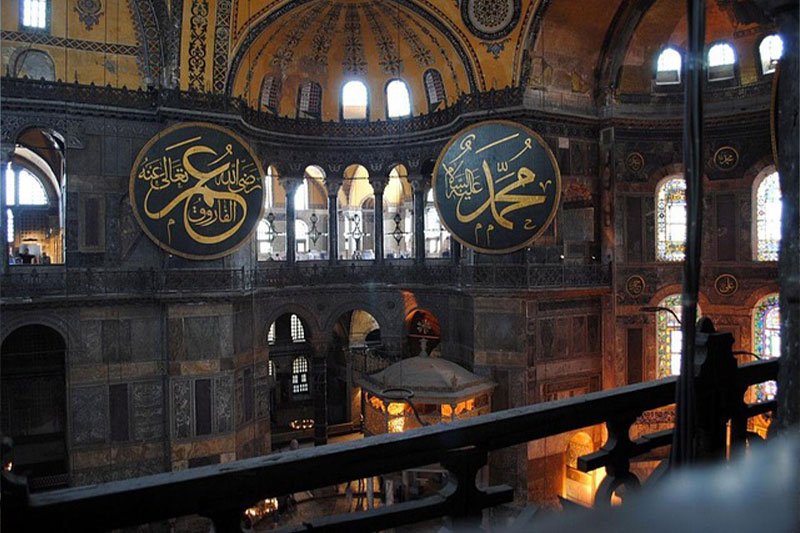
What to See Inside
Discover the must-see elements inside Hagia Sophia, including the mihrab, chandeliers, mosaics, calligraphy panels, and upper galleries.

Nearby Attractions
Planning a visit? See what else you can explore near Hagia Sophia
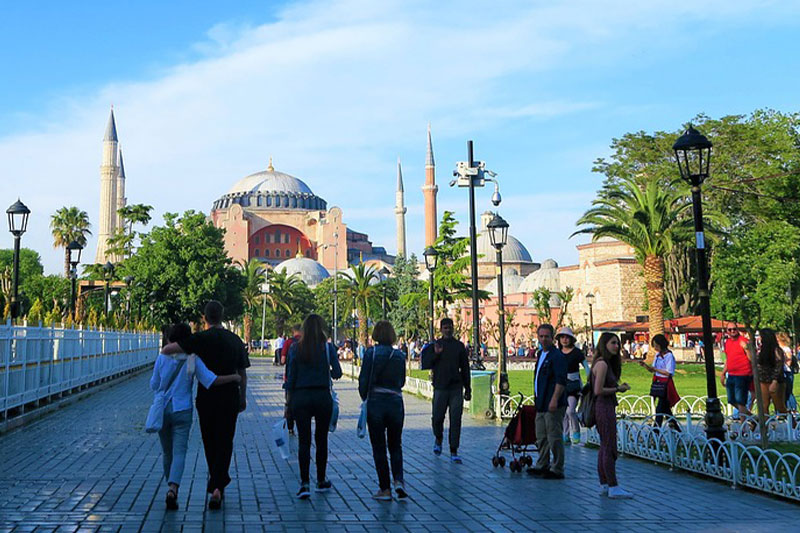
Visitor Tips & Tickets
All you need to know before visiting — tickets, dress code, and opening hours

Need Help with Your Trip?
Whether you’re visiting Hagia Sophia or exploring all of Istanbul, we can help. Get free advice or book a custom tour with a local expert
Frequently Asked Questions about Hagia Sophia– FAQ
Is Hagia Sophia free to enter
Yes, entrance to Hagia Sophia is free for all visitors, as it currently functions as an active mosque.
What are the best visiting hours
Early mornings or late afternoons on weekdays are the best times to avoid crowds. The mosque is closed to tourists during prayer times.
Are non-Muslims allowed inside
Yes, non-Muslims are welcome to enter respectfully outside prayer hours. Please follow mosque etiquette during your visit.
Can I take photos inside Hagia Sophia
Yes, photography is allowed, but flash photography and tripods are not permitted. Be respectful during prayer times.
How long should I plan to spend at Hagia Sophia
A typical visit lasts 45 minutes to 1 hour, but history enthusiasts may want to stay longer to explore in depth.
Is there a dress code
Yes. Modest dress is required. Women should cover their hair with a scarf, and everyone should remove shoes before entering the prayer area.

